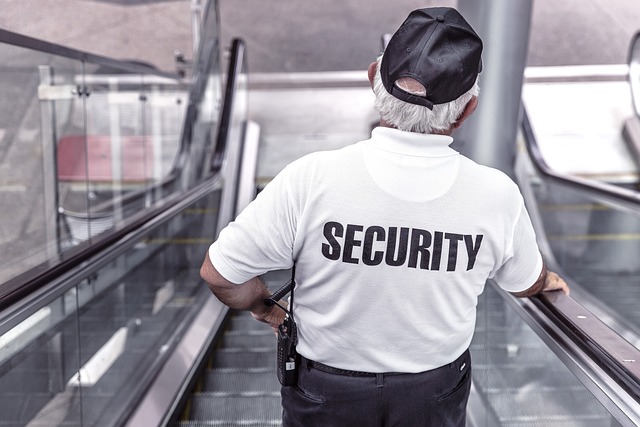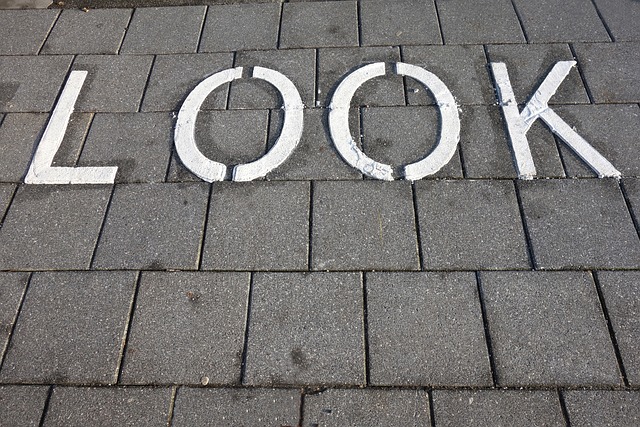In today's hazardous environment, robust background checks for security personnel, especially security guard background screening, are essential. This process verifies officers' credentials, criminal histories, and suitability, enhancing trust within the security industry compliance framework. It prevents risks, ensures regulatory adherence, and protects sensitive areas. Effective security workforce screening practices start with thorough investigations into individuals' histories, including criminal records and employment. Regular re-screenings maintain high standards, foster safety culture, and mitigate risks in corporate offices, residences, and critical infrastructure sites. Organizations must adhere to local laws and industry best practices for premises protection checks, employing technology solutions to streamline verification processes.
In today’s world, safeguarding premises is paramount. Effective protection hinges on employing qualified and trustworthy security personnel. This article delves into the critical aspect of security background verification, essential for premises protection checks. From understanding the importance of security guard background screening to implementing safety personnel verification standards, we explore how to build a robust security workforce screening process. Discover the key components of effective security personnel screening and best practices for enhancing industry compliance with safety officer credentials.
- Understanding the Importance of Security Background Verification
- The Role of Background Checks in the Security Industry
- Key Components of Effective Security Personnel Screening
- Implementing and Maintaining Compliance Standards
- Best Practices for Protecting Premises with Verified Safety Officers
Understanding the Importance of Security Background Verification

In today’s world, ensuring the safety and security of premises is paramount for businesses and organizations. With an increasing number of threats and risks, having robust security measures in place is no longer optional but a necessity. Background checks for security personnel play a pivotal role in achieving this goal. Security guard background screening is an essential process that helps identify potential risks and ensure the credibility of safety officers. It involves verifying their credentials, checking their criminal history, and assessing their suitability for the role, thereby fostering a culture of trust and reliability within the security industry compliance framework.
The importance of such verification cannot be overstated, especially when safeguarding sensitive areas. Premises protection checks go beyond simple employment eligibility; they are designed to uncover any red flags that could compromise the safety of individuals or properties. By implementing thorough security workforce screening practices, organizations can mitigate risks, maintain regulatory adherence, and ultimately protect their assets and the people within them.
The Role of Background Checks in the Security Industry

In the dynamic landscape of security operations, especially within protected premises like corporate offices, high-end residential complexes, and critical infrastructure sites, background checks play a pivotal role in ensuring robust security measures. Background screening for security personnel, including security guard background verification, is an essential component of maintaining a safe environment. These checks go beyond simple application forms to involve comprehensive investigations that scrutinize an individual’s history, including their criminal record, employment history, education, and any potential red flags that could compromise the security of the premises or the individuals within them.
The effectiveness of safety personnel verification lies in its ability to mitigate risks proactively. By verifying the credentials of safety officers, organizations can ensure compliance with industry standards and legal requirements related to security workforce screening. This process helps weed out individuals with malicious intent, a history of violence, or undisclosed liabilities that could pose threats to the property, its occupants, and visitors. Thorough premises protection checks through background screenings contribute significantly to creating a secure and safe atmosphere, fostering trust among residents, employees, and visitors alike.
Key Components of Effective Security Personnel Screening

Effective security personnel screening is a multifaceted process that involves several key components to ensure robust premises protection. Background checks for security guards and safety officers are essential elements in the security industry compliance framework. These checks delve into an applicant’s history, credentials, and any potential red flags that could compromise the safety of individuals or sensitive locations. By scrutinizing education, employment, and criminal records, organizations can identify unsuitable candidates and mitigate risks associated with hiring.
Moreover, verifying security personnel qualifications and certifications is vital for ensuring they possess the necessary skills to execute their duties competently. Regular updates on these checks are equally important due to the dynamic nature of personal and professional backgrounds. This continuous screening process safeguards not just the premises but also fosters a culture of safety among the workforce, ultimately bolstering overall security industry standards.
Implementing and Maintaining Compliance Standards

Implementing and maintaining compliance standards is a cornerstone of effective premises protection through security background verification. Organizations must adhere to industry-specific regulations and best practices, such as those set by local laws and regulatory bodies, to ensure the safety of their facilities and personnel. Regular, thorough background checks for security guards and other safety personnel are non-negotiable. These checks include verifying credentials, criminal histories, and previous employment records to identify potential risks before they pose a threat.
Compliance involves ongoing monitoring and updates to stay ahead of evolving security threats. This includes keeping up with industry advancements in screening methodologies and incorporating technology solutions that streamline the verification process. A robust security workforce screening program helps organizations maintain a reliable and trustworthy team, thereby enhancing overall premises protection. By prioritizing compliance standards, businesses can mitigate risks and ensure their security measures meet the highest levels of integrity.
Best Practices for Protecting Premises with Verified Safety Officers

When it comes to protecting premises, employing security guards with a proven track record through comprehensive background checks is non-negotiable. The security industry must adhere to strict compliance standards, ensuring that every safety personnel verification process is thorough and up-to-date. This includes verifying credentials, checking employment history, and conducting thorough reference checks. Such meticulous screening methods are essential for identifying potential risks and ensuring the safety of both the premises and its occupants.
Best practices dictating premises protection checks involve regular re-screening of existing security guards to maintain compliance. This dynamic approach accounts for changes in personal or professional backgrounds, guaranteeing that only reliable and capable officers safeguard critical locations. Additionally, employing a robust security workforce screening system enables efficient management of personnel, fostering an environment where every guard is accountable for upholding the highest standards of integrity and professionalism.
